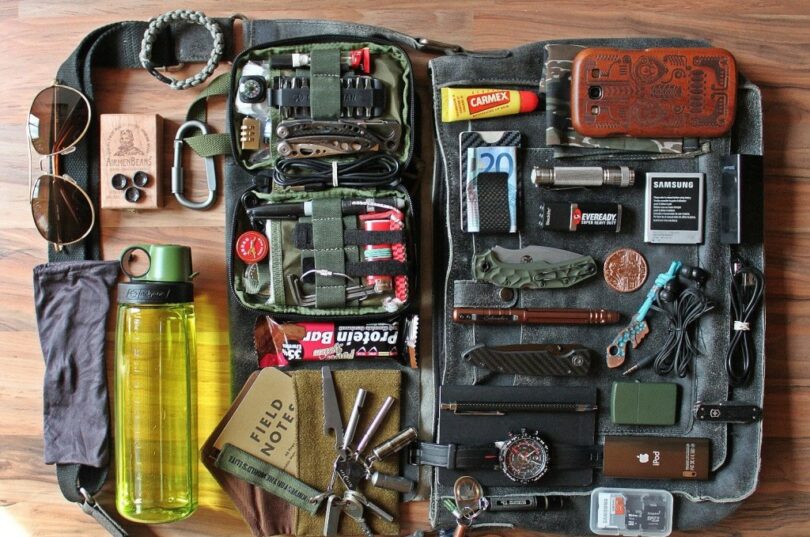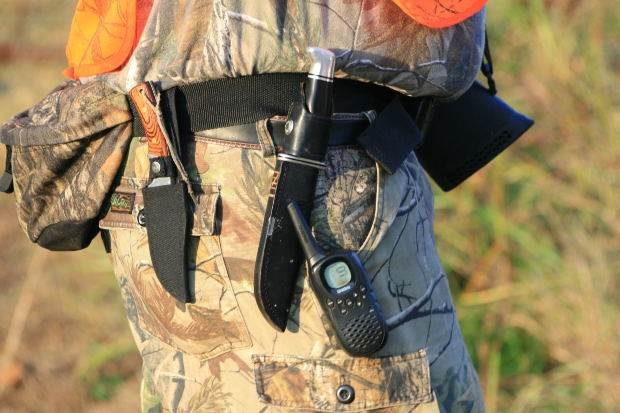In any survival situation, having the right gear and equipment can be the difference between life and death. Whether you’re lost in the wilderness, stranded in your car during a snowstorm, or facing a natural disaster, the tools and supplies you have at your disposal can make all the difference. However, with so many different types of gear and equipment available, it can be challenging to know where to start. This article will provide an overview of the essential items to include in a survival kit, as well as tips for selecting and maintaining gear to ensure that it will perform when you need it most.
The Importance of Proper Gear
Proper gear is essential for survival in any emergency situation. Whether you’re facing extreme weather conditions, natural disasters, or other unexpected events, having the right gear can make a big difference in your ability to stay safe, comfortable, and alive.

One of the main benefits of having the proper gear is that it can help you avoid or mitigate risks. For example, if you have the right clothing and footwear, you can protect yourself from exposure to the elements and prevent hypothermia, frostbite, or other cold-related illnesses. If you have a reliable shelter, you can avoid exposure to wind, rain, or sun and stay dry and warm. Similarly, having a high-quality water filter or purifier can help you avoid dehydration or water-borne diseases.
Another important benefit of proper gear is that it can help you conserve energy and stay efficient. For example, if you have a lightweight backpack, you can carry your gear and supplies more easily, without causing unnecessary strain or fatigue. If you have a multi-purpose tool, such as a knife or a hatchet, you can perform a variety of tasks without carrying multiple items. This can help you conserve energy and resources, which can be crucial in a survival situation.
Having the right gear can also help you stay calm and focused. In a survival situation, stress, fear, and anxiety can be overwhelming, and they can impair your ability to make rational decisions and take appropriate actions. However, if you have a plan and the necessary gear, you can feel more confident and in control, which can help you stay calm and focused.
Finally, having proper gear can help you stay alive and increase your chances of being rescued. If you’re lost or injured, having signaling devices, such as a whistle or a flare, can help you attract attention and alert rescuers to your location. Similarly, having a first-aid kit and the knowledge to use it can help you treat injuries and prevent complications.
In summary, having the proper gear is essential for survival in any emergency situation. It can help you avoid risks, conserve energy, stay calm and focused, and increase your chances of being rescued. When selecting your gear, make sure you choose high-quality items that are appropriate for your needs and environment and learn how to use them properly. By doing so, you can be better prepared for any unexpected event that may come your way.
Essential Gear and Equipment
The following is a list of essential items to consider when putting together a survival kit:
- Water: Water is the most important item for survival. You should always carry enough water for your needs, and consider carrying a water filtration system in case your supply runs out.
- Food: You should have enough non-perishable food to last you for several days. Choose foods that are easy to prepare and have a long shelf life.
- Shelter: Shelter is essential for protection from the elements. A tent, tarp, or emergency bivvy can provide a safe haven in harsh conditions.
- Fire Starter: Fire can be used for warmth, cooking, and signaling for help. You should carry several types of fire starters, such as waterproof matches, lighters, and fire starters that work in wet conditions.
- First Aid Kit: A first aid kit should contain items such as bandages, antiseptic, pain relievers, and medical tape.
- Navigation: Maps, a compass, and a GPS can help you navigate through unfamiliar territory.
- Clothing: Clothing should be chosen for the conditions you will be facing. Dress in layers, and carry extra clothing in case of unexpected changes in the weather.
- Multi-Tool: A multi-tool is a versatile tool that can be used for a variety of tasks, such as cutting rope, opening cans, and tightening screws.
- Flashlight: A flashlight can provide light in the dark and can be used to signal for help.
- Communication: A cell phone, radio, or emergency whistle can be used to call for help.
Selecting and Maintaining Gear

When selecting gear and equipment for your survival kit, it’s essential to choose high-quality items that are durable and reliable. It’s also important to maintain your gear and equipment to ensure it will perform when you need it most. Here are some tips for selecting and maintaining gear:
- Read reviews and ask for recommendations from experienced outdoorsmen.
- Choose gear that is lightweight and easy to carry.
- Test your gear before you head out on a trip to make sure it works properly.
- Clean and maintain your gear after each use.
- Store your gear in a dry, cool place, away from direct sunlight.
- Replace worn or damaged gear promptly.
Conclusion
In conclusion, having the right gear and equipment can make all the difference in a survival situation. Whether you’re heading out on a wilderness adventure or preparing for a natural disaster, a well-stocked survival kit can help you stay safe, warm, and well-fed until help arrives.
When selecting and maintaining gear, be sure to choose high-quality items that are durable and reliable, and take the time to properly maintain your gear to ensure it will perform when you need it most. By following these tips, you can be better prepared for any emergency situation that may come your way.
